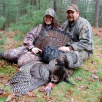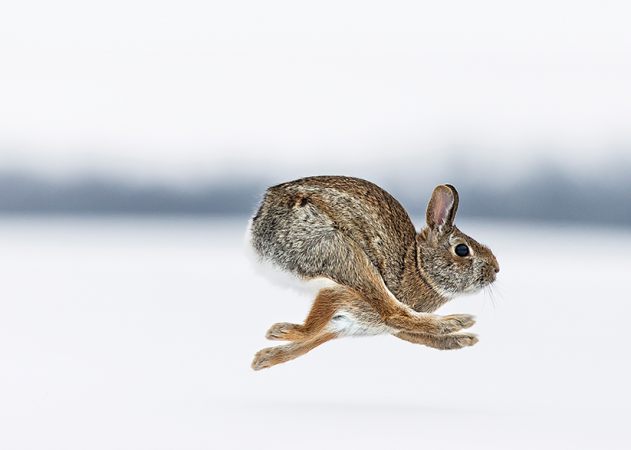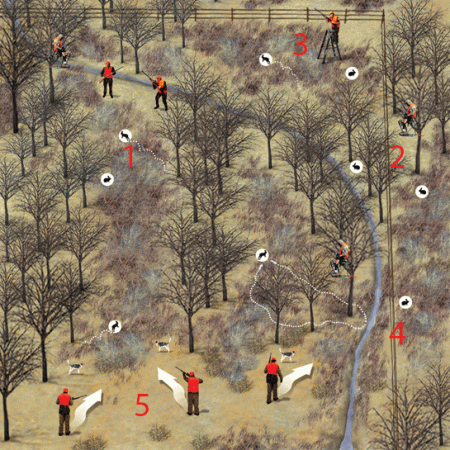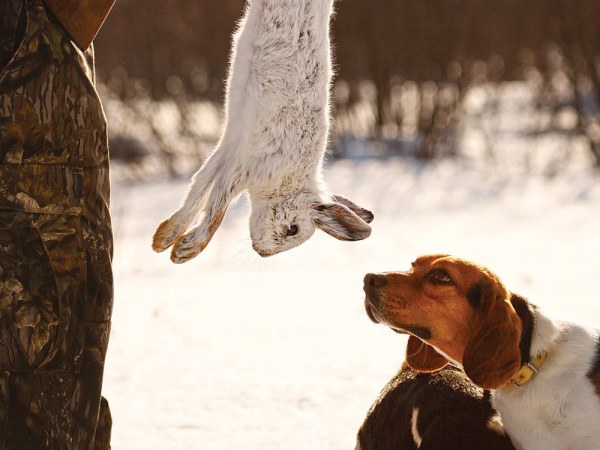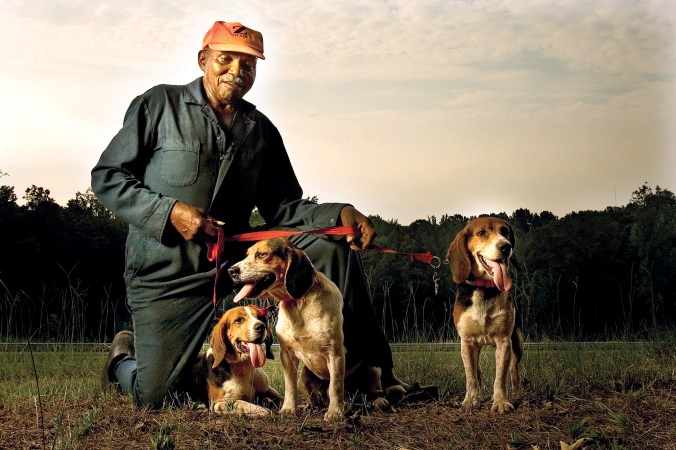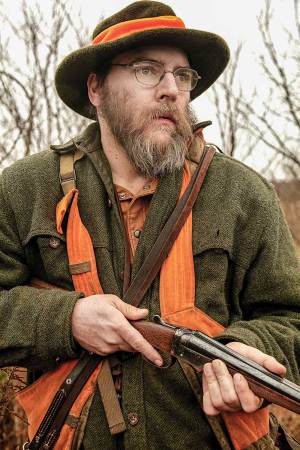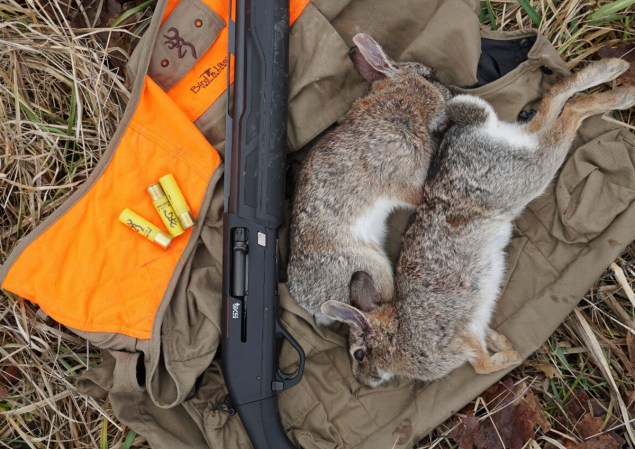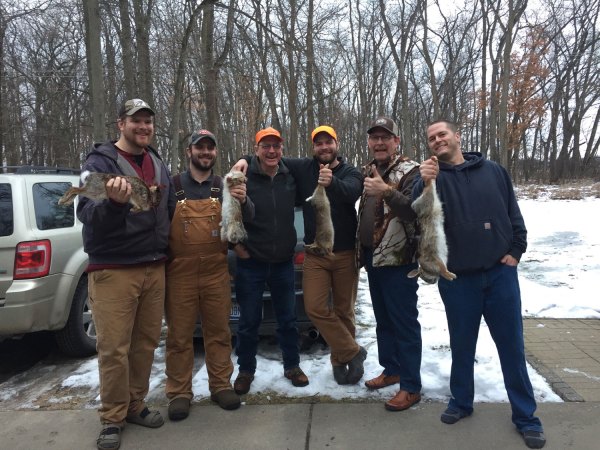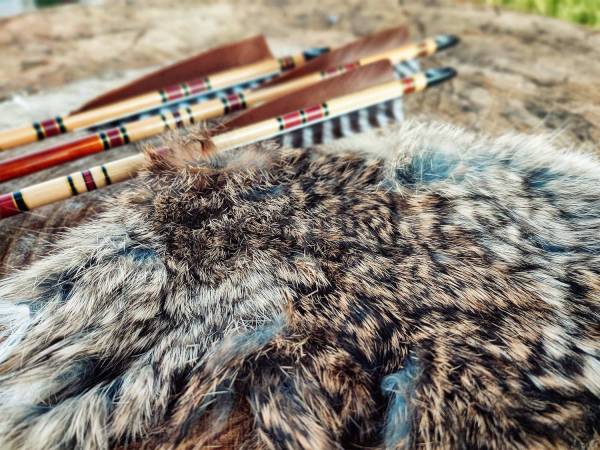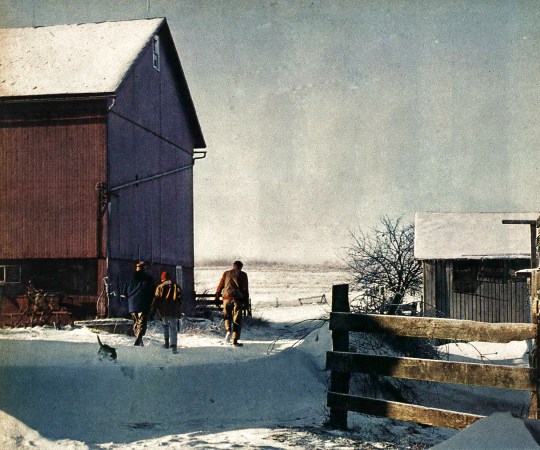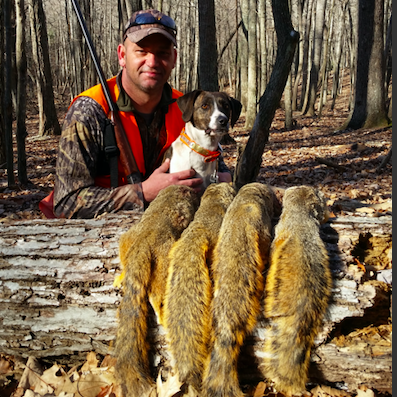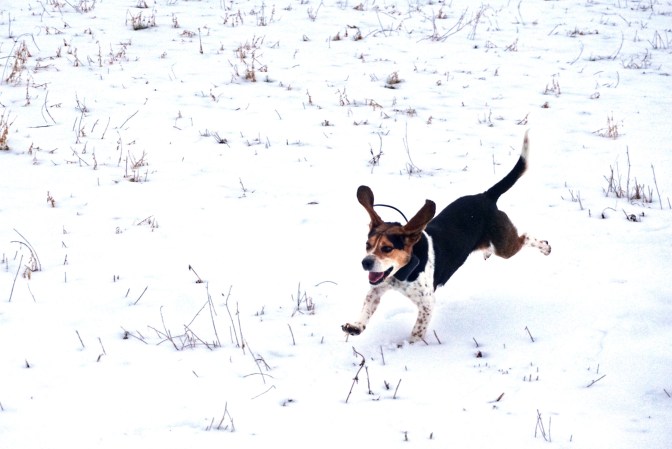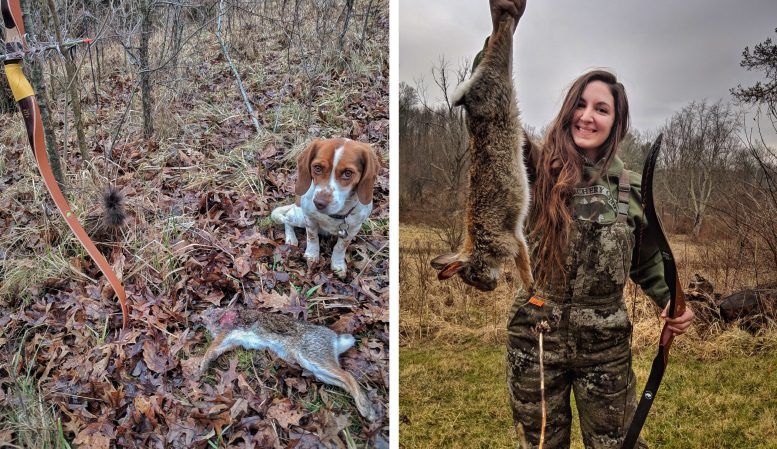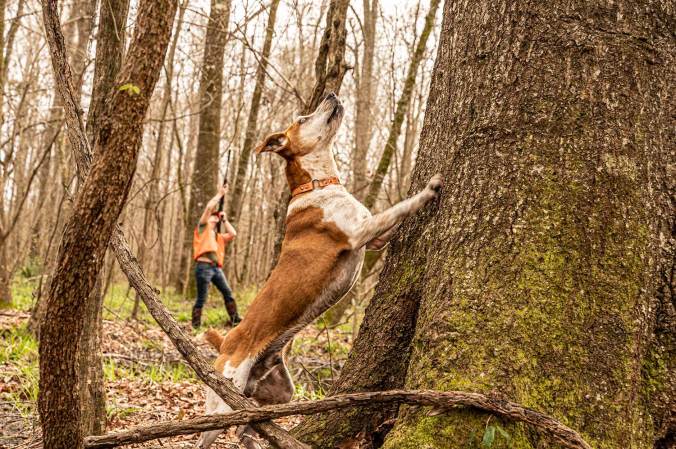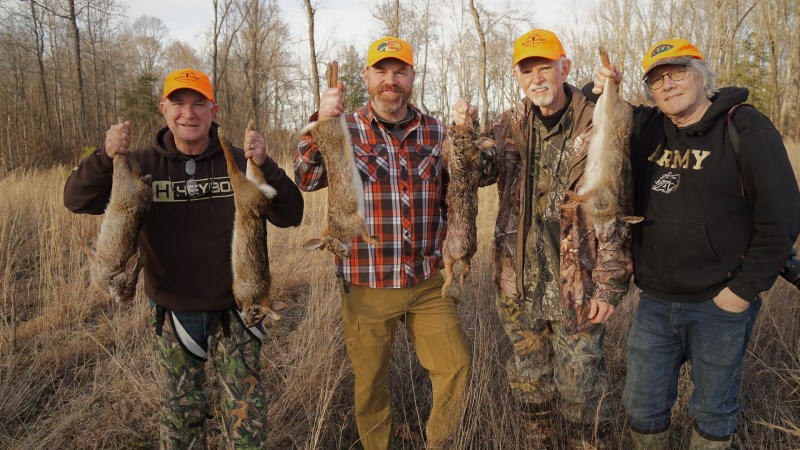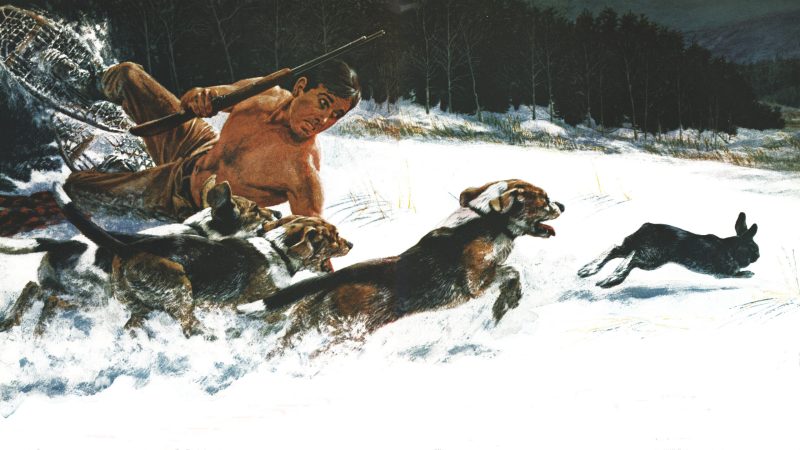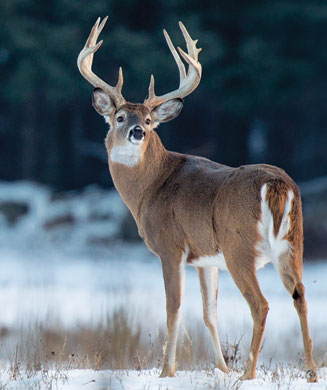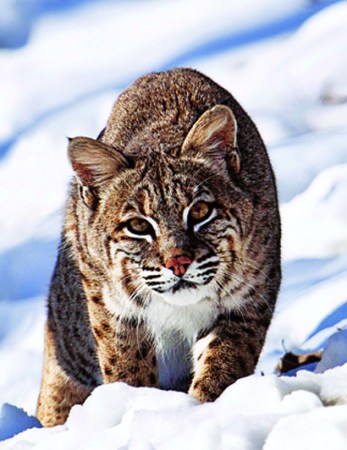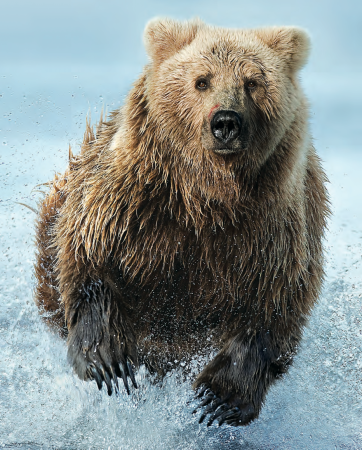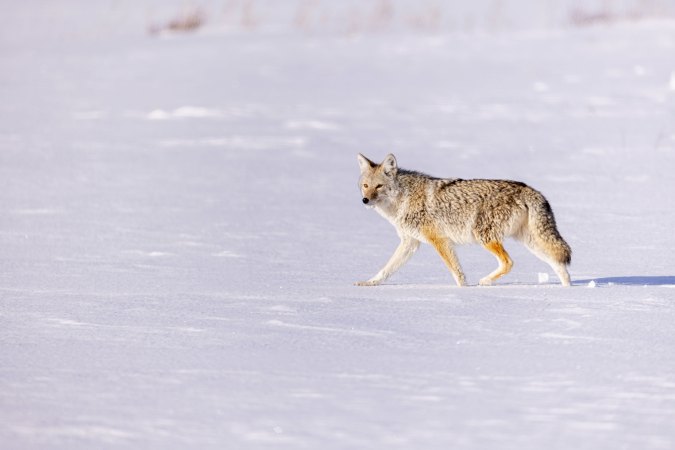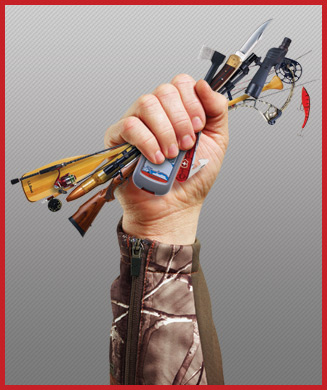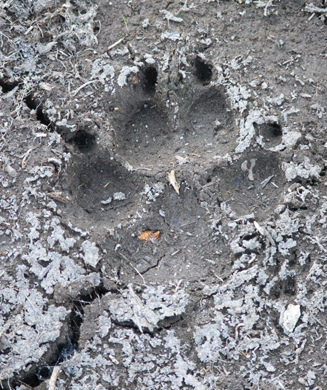Photo by Tom Bean/Alamy
Whether gathered around an empty pickup truck bed or the wood stove at camp, hunters love to whine. At one time or another, we’ve all moaned about how the bucks have gone nocturnal, the ducks are short-stopped up north, and the turkeys aren’t gobbling. Might as well throw in, “The rabbit hunting just isn’t what it used to be.”
When it comes to bunnies, at least, I’m not buying it. The population cycle isn’t always down. The coyotes haven’t eaten them all, nor has all their habitat vanished. I may not be ready to proclaim a return to the good old days of wintertime rabbit hunting, but I will say that it can be pretty darn good if you’re willing to bust a little brush. The reward? Let’s just say that Hasenpfeffer beats roasted coyote any day.
Here are my three favorite strategies for cottontail rabbits and snowshoe hares and where to hit them hard this winter.
1. Slash and Dash
What to look for: Newly logged or cleared pieces of mature forest.
Why it’s prime: Waste treetops, brush piles, and branches provide prime escape and loafing cover for cottontails and hares. New growth, which typically includes wild berry brambles, is a great food source.
How to hunt it:
– Invest in a good pair of brush pants or chaps and dive in.
– A brace of good beagles shines here. Put the wind in your hounds’ face and let them do their thing. Once the chase begins, climb atop a brush pile for a better vantage point.
– Still-hunt deer-hunting style early and late in the day, when rabbits are most likely to be on the move and feeding.
– At midday, dogless hunters should wade through bramble thickets and stomp brush piles.
The right gun: A quick-handling 20-gauge side-by-side.
Bonus opportunity: New growth is also a drawing card for deer, so don’t forget to look for sheds.
2. The Dope on Slopes
What to look for: South-facing slopes.
Why it’s prime: On sunny, cold days in mid and late winter, rabbits soak up the warming rays here.
How to hunt it:
– Beagles will certainly put rabbits in the pot, but sun-bathing bunnies often loaf in or near the mouths of their burrows and simply drop inside at the first sign of danger. Hares won’t hole-up, so beagles work better in snowshoe country.
– One or two hunters should peek and poke slowly, looking for the coal-black eye of a sitting rabbit. For safety’s sake, hunters should be no more than 30 yards apart and in constant visual contact.
– Tracks, droppings, and chewed tree bark not only signal that you’re in good cover, but will also lead to rabbit burrows. Post and keep an eye on the hole for 30 minutes or so, watching for a rabbit to emerge.
The right gun: Expect longish shots at stationary rabbits, so a scoped .22 is at home here. A Browning T-Bolt in either .22 or .17 HMR will pick off sunning bunnies.
Bonus opportunity: Wherever you find lounging bunnies, coyotes are close at hand.
3. Making Tracks
What to look for: Fresh tracks in new snow.
Why it’s prime: A rabbit is at the end of those tracks.
How to hunt it:
– Ideal conditions await hunters the morning after a fresh, light snow of just a couple of inches.
– When you find a fresh track in the snow, follow it quietly and cautiously while constantly looking ahead into thick cover for a sitting animal.
– Both rabbits and hares will run a circular escape route around core habitat to evade predators.
– Rabbit drives can be effective just after a fresh snow. Put one hunter on the fresh track while standers post the perimeter.
The right gun: A fast-pointing .22 like Ruger’s 10/22 semi-auto is perfect for solo hunts. In brush, go with a semi-auto shotgun like the Benelli Montefeltro 20-gauge.
Bonus opportunity: Keep an eye out for bobcat tracks.
